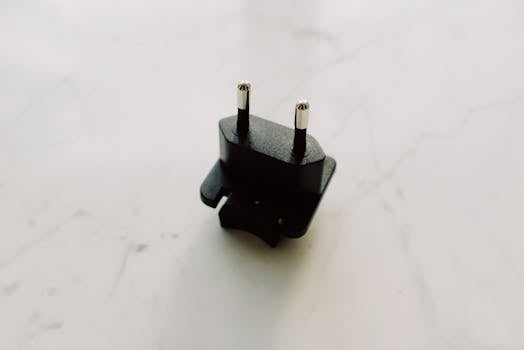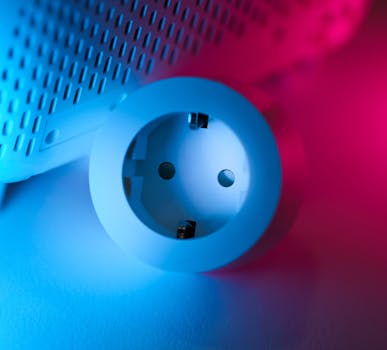
Smart Homes and Smart Living: The Technological Transformation of European Homes by 2025
Introduction to Smart Homes and Smart Living

Smart Homes and Smart Living: The Technological Transformation of European Homes by 2025 is an innovative concept that has been gaining traction in recent years. The focus keyword, Smart Homes and Smart Living, is at the forefront of this transformation, enabling homeowners to experience a new level of convenience, efficiency, and sustainability. The integration of technology in European homes is expected to reach new heights by 2025, with an estimated 50% of households adopting smart home devices.
The concept of smart homes and smart living is built around the idea of creating a seamless and integrated living experience. This is achieved through the use of advanced technologies such as the Internet of Things (IoT), artificial intelligence (AI), and data analytics. These technologies enable homeowners to control and monitor their living spaces remotely, optimize energy consumption, and enhance their overall quality of life.
The Technological Transformation of European Homes

The technological transformation of European homes is being driven by several key factors, including the increasing demand for energy efficiency, the growing need for convenience and comfort, and the rising adoption of smart devices. By 2025, it is estimated that the European smart home market will reach €23 billion, with an average of 10 smart devices per household.
Some of the key technologies that are driving the transformation of European homes include voice assistants, smart thermostats, and home security systems. These technologies are not only enhancing the living experience but also providing homeowners with a sense of security and peace of mind.
In addition to these technologies, the use of data analytics and AI is also playing a significant role in the transformation of European homes. By analyzing data from various sources, homeowners can gain valuable insights into their energy consumption, water usage, and waste management, enabling them to make informed decisions and optimize their living spaces.
Benefits of Smart Homes and Smart Living

The benefits of smart homes and smart living are numerous and far-reaching. Some of the most significant advantages include energy efficiency, convenience, and enhanced security. With the ability to control and monitor their living spaces remotely, homeowners can optimize their energy consumption, reduce their carbon footprint, and save on utility bills.
Smart homes and smart living also offer a range of convenience features, including voice control, automated lighting, and temperature control. These features enable homeowners to create a comfortable and personalized living environment, tailored to their specific needs and preferences.
In terms of security, smart homes and smart living provide homeowners with a sense of peace of mind. With the use of advanced security systems, including motion detectors, door sensors, and video cameras, homeowners can monitor their living spaces remotely and receive alerts in case of any suspicious activity.
Conclusion

In conclusion, the technological transformation of European homes is expected to reach new heights by 2025. With the growing demand for smart living and the increasing adoption of smart devices, homeowners can expect to experience a new level of convenience, efficiency, and sustainability. As the concept of smart homes and smart living continues to evolve, it is likely that we will see even more innovative technologies emerge, further enhancing the living experience and transforming the way we live, work, and interact with our surroundings.






